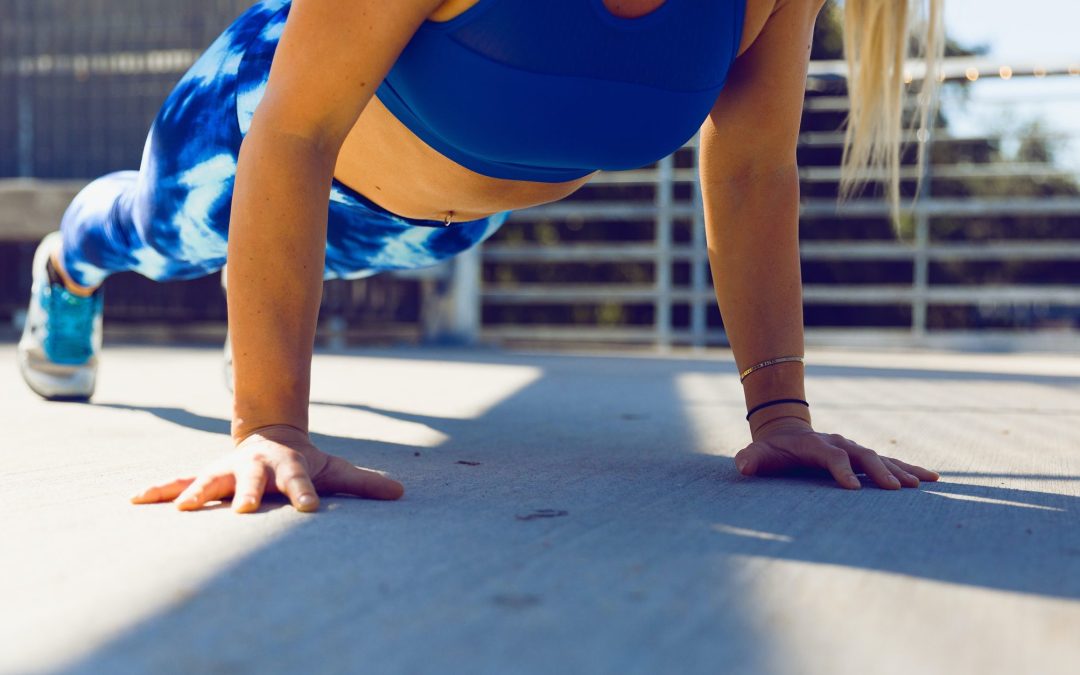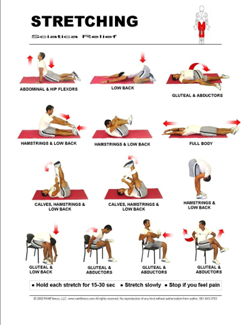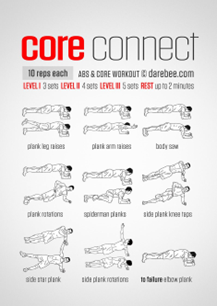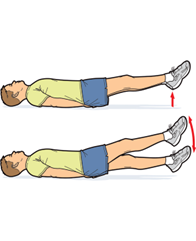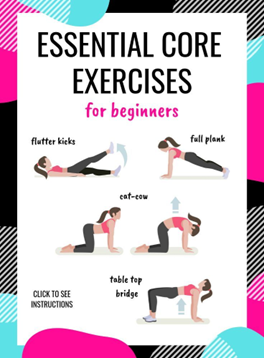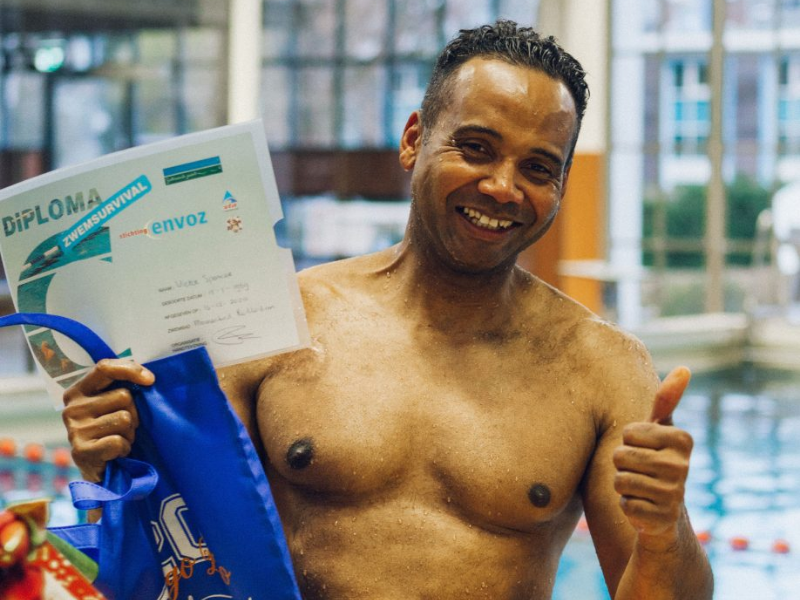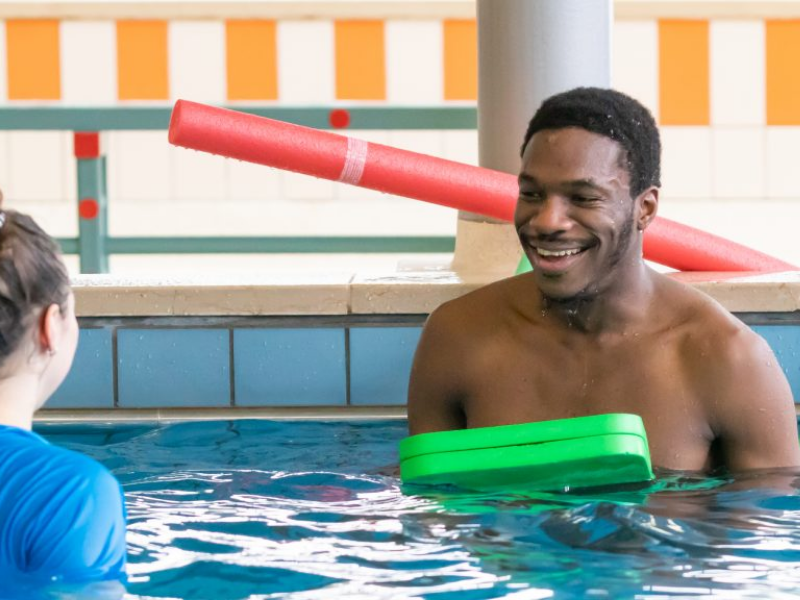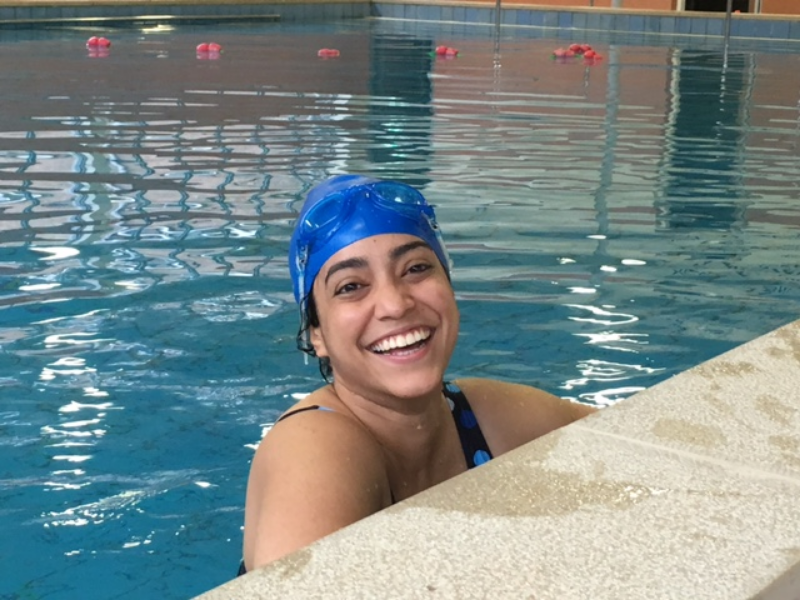5 Exercises to Do At Home to Build-Up Swimming Strength
Swimming form get’s shaped during practice in the water, but the strength needed to maximize these skills starts with personal work at home. As you may have noticed in your classes, swimmers of all levels make use of two “power houses” to propel themselves through the water: the torso (arms and chest) and legs.
Despite common misconception, however, strength training for these parts of your stroke are not simply limited to push-ups and squats, and includes a range of both strengthening and stretching exercises.
Kicking Exercises: Water Introduction-Diploma C
If you’re new to the pool, you’ll likely not be focussing on stroke specific technique. A good use of your free time at this or any level, is to strengthen your kicks.
Your instructor will likely be pushing to start kicking, so having already practiced will only help to move you through your time in WI faster. A good habit to strengthen your kicking is to stretch out everyday after you get home from work and especially before each lesson. The graphic shows some great ways to stretch out your legs.
Another is to practice dry-land flutter kicks, which can be done lying down or sitting. By asking your coach for variations, this will can help move you through your classes even faster, and make your kicks your strongest power house
Stretching Exercises: Stroke Introduction-Diploma C
One type of exercise that may not at first seem helpful, but which benefits whole sections of your rotary musculature (the movement needed for strokes), are shoulder stretches. As shown in the graphic, these simple stretches can be done at home and open up tight shoulders.
Freeing up shoulder strain allows for greater mobility when taking swim strokes, adds to the power of your torso in pulling you through the water, and can also reduce the risk of injury
Core Strengthening: All Levels (Important!)
Though training the aforementioned might’ve seemed fairly obvious, attention to another section of your body might just make the biggest difference in progressing your swimming each week. Despite common knowledge, a strong kick and mighty pull their own can only contribute to your stroke when combined with a strong core, which keeps your body as straight in the water as possible, maximizing the power of each stroke you take with your arms and reducing drag (for more details see the upcoming article: why torpedo and ketchup positions are vital for learning each stroke). Core strengthening exercises, fortunately, are very easy to do at home.
- For beginners, the movements shown to the left can provide a dynamic stretching/strengthening combination that takes it easy on untrained cores. Start by doing 10 of each and seeing how far you can go, making sure to ask your coach to demonstrate if need be
If you’re feeling up to it, you can also attempt the workout from Core Connect at all three levels by following the movements carefully and asking for help if needed
Other articles you might like
Diploma system
Your Personal Swim Coach lessons are structured around the Dutch ABC Diploma curriculum. Find out how it works and what all of them entail!
Floating in swimming
The science of swimming. Do people float better in salt water in the sea, or fresh water in the swimming pool? And other questions around floating are answered in this article.
Our adult swim classes
Your Personal Swim Coach will help you become a more confident you, a stronger, fitter and healthier you, a happier, care-free you and ensure your success in learning to enjoy and feel safe in and around water!
Water Intro
Are you unable to swim, scared or challenged? Have you taken lessons before and failed? Or it has been a long time ago?
Stroke Introduction
You are comfortable in shallow water but are not able yet to perform all 4 basic strokes. This level requires you to have passed the introduction program, or you are able to perform a swim a backcrawl, and a single backstroke (froggy leg).
Sport class
Take Your Swimming to the Next Level with Our Sport Class!
For those who have earned their official swim diplomas or advanced swimmers looking for new challenges—our Sport Class is designed for you!

